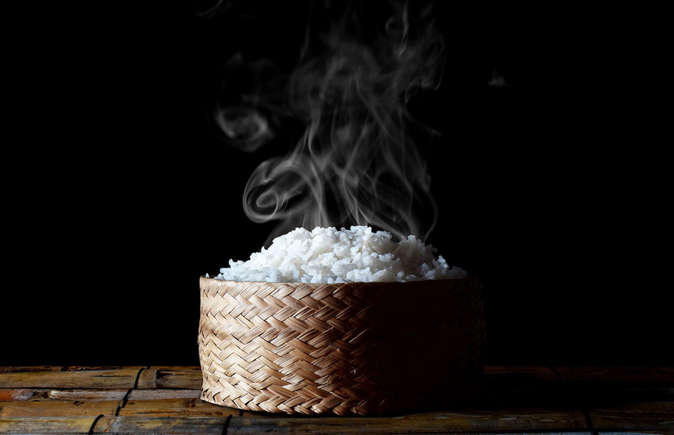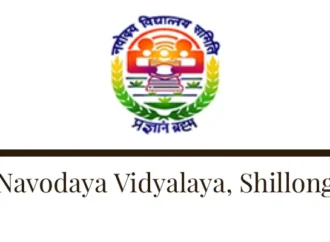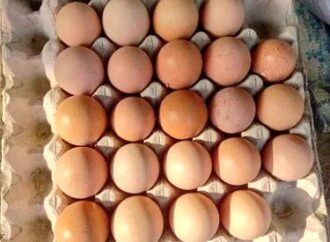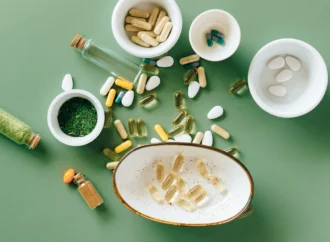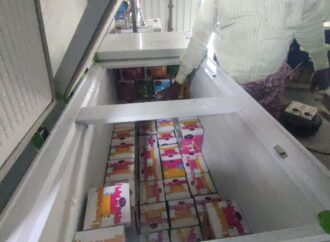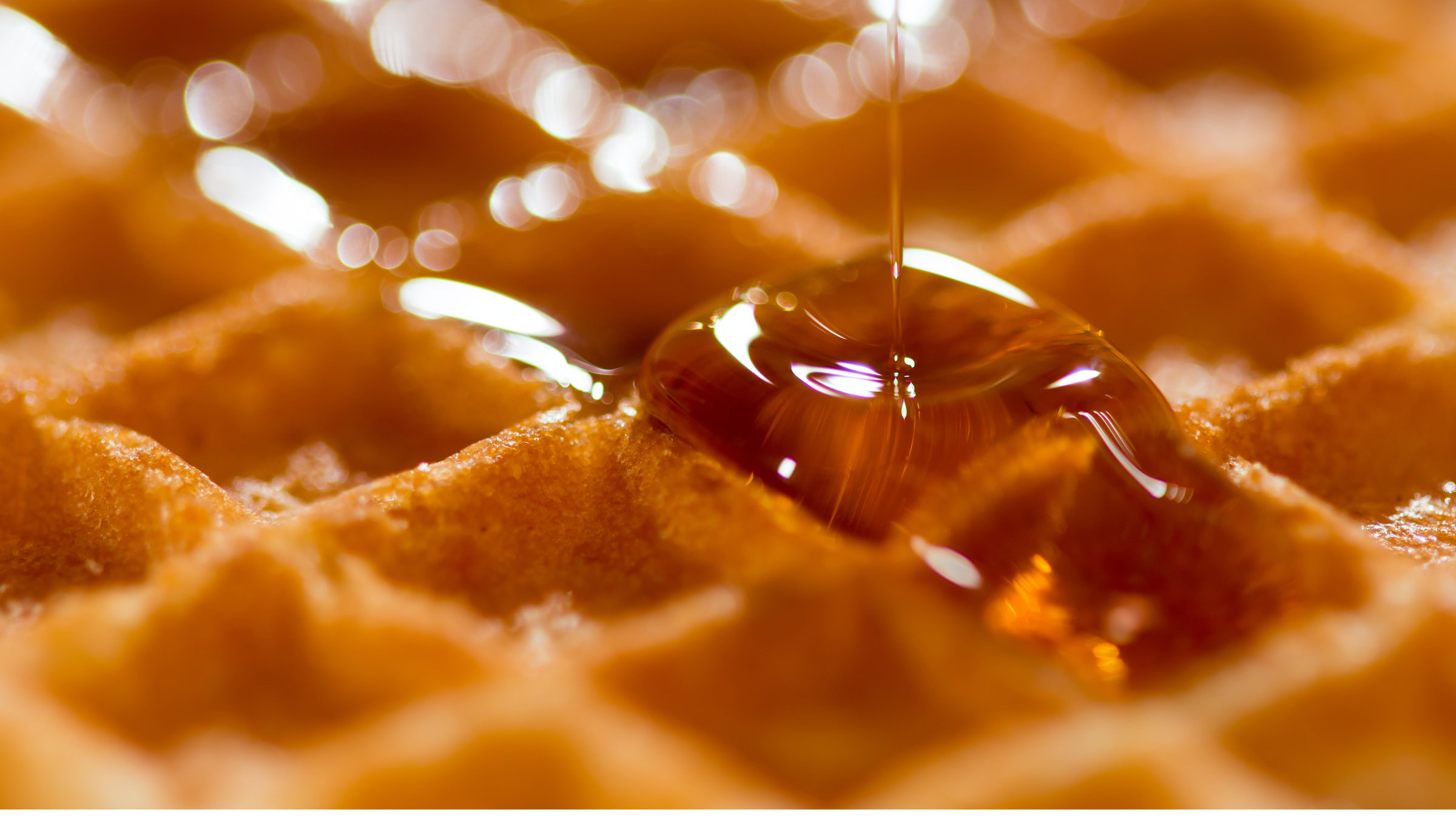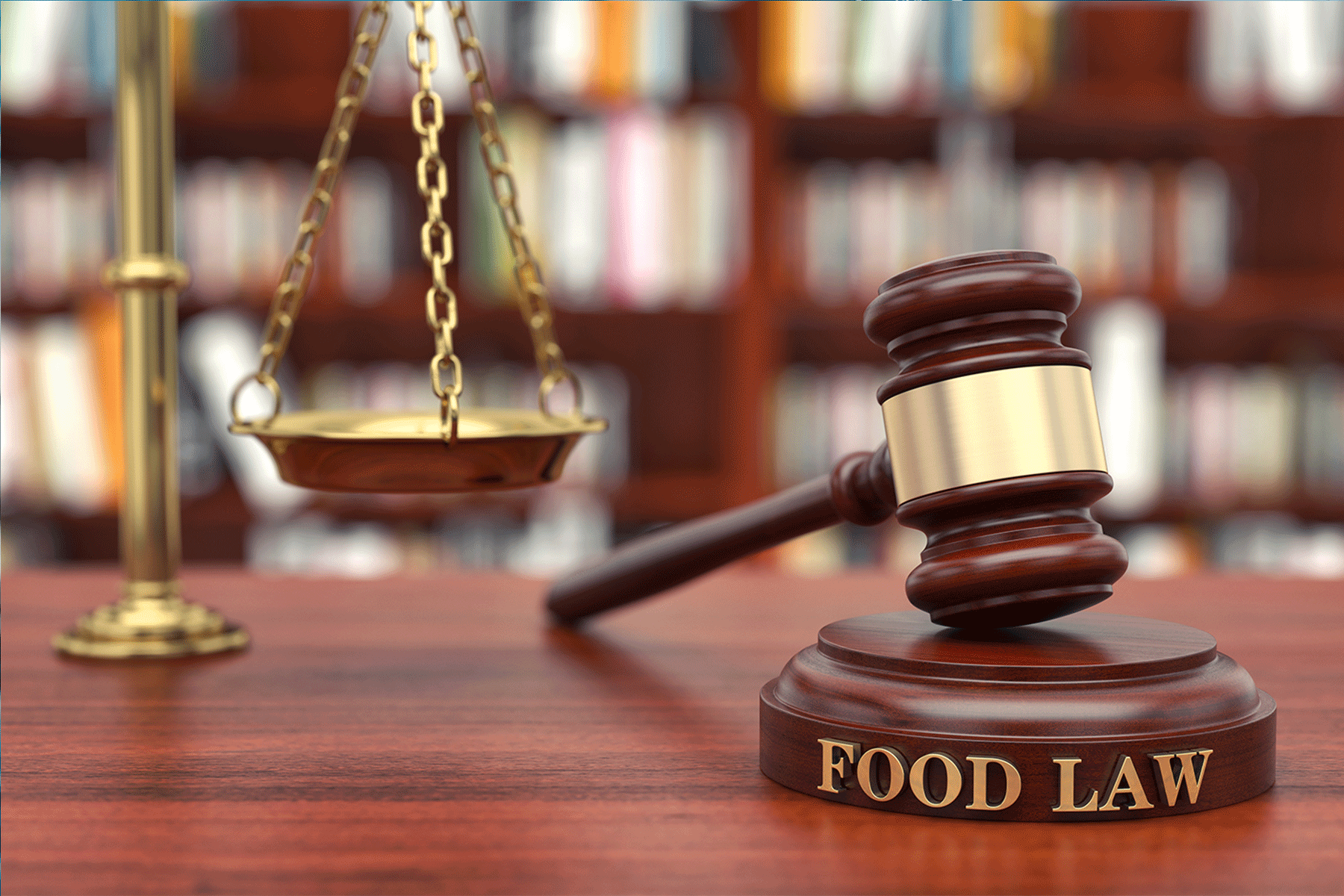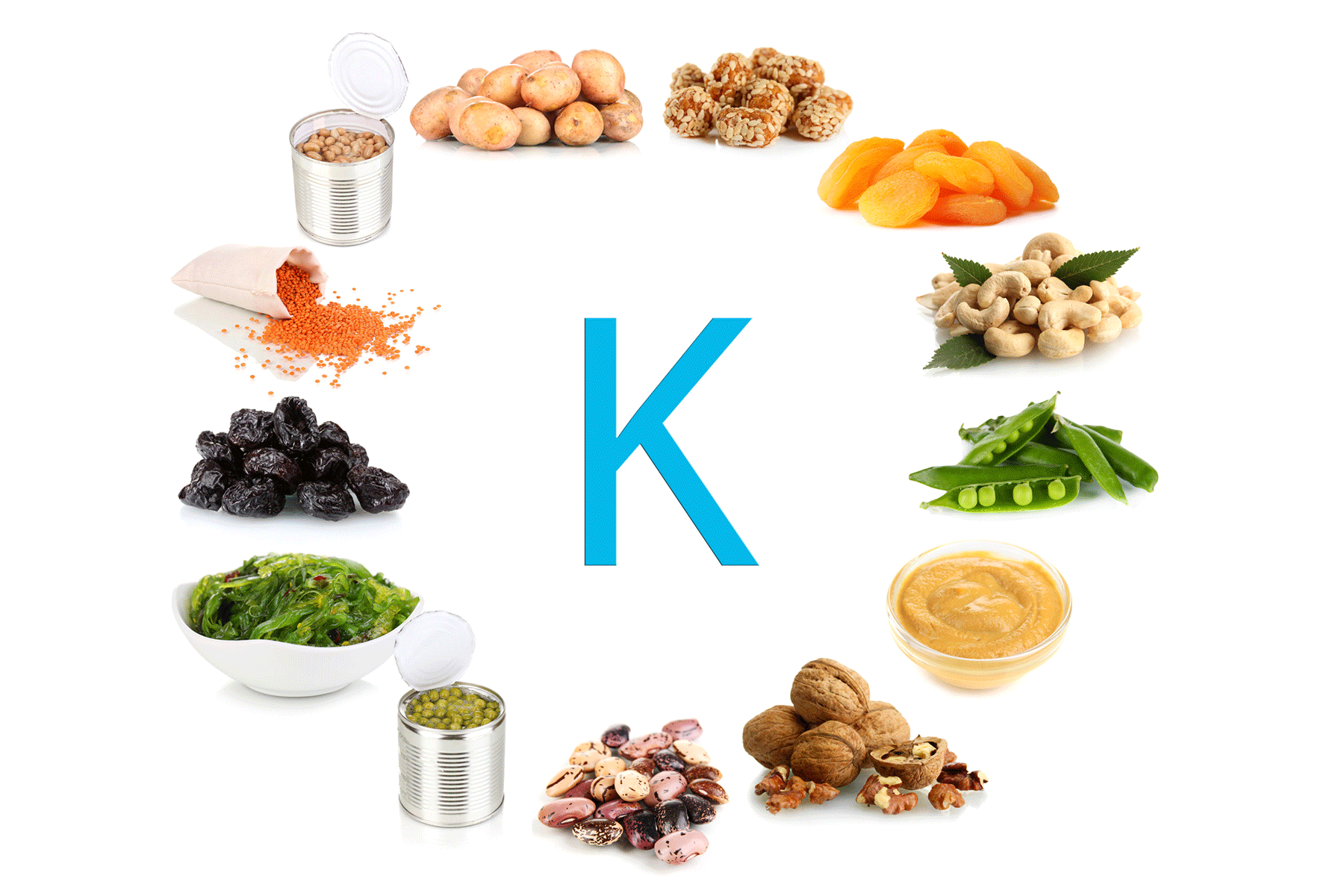Reheating leftovers is a convenient way to save time, reduce food waste, and enjoy a quick meal. However, if not done properly, it can pose certain risks. Improper reheating allows harmful bacteria that may have been present in the food to survive and multiply, increasing the risk of foodborne illnesses. To prevent contamination, it’s crucial to follow the correct reheating techniques, such as ensuring the food reaches the proper internal temperature, avoiding multiple reheating cycles, and storing leftovers correctly. By adhering to these food safety guidelines, you can minimize the risks and safely enjoy your leftovers. Implementing these simple yet effective practices not only helps reduce food waste but also protects your health, ensuring that your reheated meals are both safe and delicious.
When reheating food, the primary concern is the potential growth of bacteria. Bacteria can thrive in the “danger zone” between 5°C (41°F) and 60°C (140°F). If food stays within this range for too long, harmful microorganisms can multiply quickly, causing foodborne illnesses. Reheating food properly can eliminate most harmful bacteria, but it is important to follow the right procedures to ensure the food is hot enough and heated evenly.
Ensuring the Right Temperature
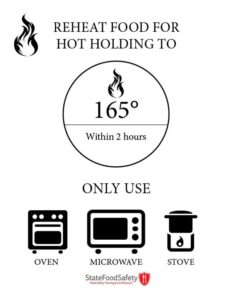
One of the most critical factors in reheating food is making sure that it reaches the correct temperature to kill harmful bacteria. According to food safety experts, food should be reheated to a core temperature of at least 74°C (165°F). This temperature is essential for killing bacteria that could cause food poisoning.
- Using a food thermometer is one of the best ways to check whether your food has reached the correct temperature. This is especially important for dishes like soups, stews, or casseroles that can have uneven heat distribution.
- Microwaving food can sometimes result in uneven heating, leaving cold spots where bacteria can survive. Stirring food halfway through the reheating process can help ensure that it heats evenly.
- Oven reheating is another option. If you choose to reheat food in the oven, set the temperature to at least 163°C (325°F) to ensure even heat distribution and allow the food to reach the desired 74°C.
No to Reheating Food Repeatedly
Reheating food more than once significantly increases the chances of bacterial growth. Each time food is reheated and cooled, the temperature range in which bacteria can thrive becomes wider, and the risk of foodborne illness rises. To minimize risks, try to reheat only the portion of food you plan to eat.
If you have large amounts of leftovers, consider dividing the food into smaller portions before refrigerating it. This way, you can reheat only what you need, keeping the rest of the leftovers safe for another time.
Reheating of Takeaway Foods Matters
Reheating takeaway food presents its own set of challenges. Takeaway food often sits at room temperature for extended periods, which can increase the risk of bacterial contamination. To safely reheat takeaway meals:
- Store takeaway food in the fridge as soon as possible, ideally within two hours of receiving it. Foods left at room temperature for more than two hours should not be reheated.
- Reheat to the correct temperature: Ensure that all takeaway food, including rice, which is known to harbour harmful bacteria such as Bacillus cereus, is reheated to at least 74°C (165°F). This is particularly important for foods like rice and pasta, which can develop toxins if stored improperly.
Tailored Tips for Handling Various Foods
Certain foods have specific reheating requirements to ensure they are safe to eat.
- Rice: Rice should be refrigerated within an hour of cooking and should be consumed within 24 hours. When reheating rice, ensure it is piping hot all the way through, as Bacillus cereus spores can survive cooking and cause food poisoning if rice is left at room temperature for too long.
- Poultry and meat: Reheat meat, particularly chicken and turkey, to an internal temperature of at least 75°C. Always ensure that poultry is thoroughly cooked when first prepared, with no pink meat and clear juices.
- Dairy products: Foods like milk, eggs, and cheese can be safely reheated, but they should not be reheated more than once. Reheated eggs can become rubbery, and cheese dishes should be consumed within two days of cooking.
- Seafood: Fish and seafood should be refrigerated as soon as possible and consumed within two days. Reheat seafood only once and ensure it is steaming hot throughout.
Safe Reheating Methods
Different reheating methods can affect the safety and quality of your food:
- Microwave: Microwaves tend to heat food unevenly, so it’s important to stir food halfway through reheating. If your microwave doesn’t have a rotating turntable, stop and rotate the food by hand to promote even heating.
- Oven: The oven is great for reheating larger batches of food, as it distributes heat more evenly. Make sure the oven is preheated to the correct temperature before placing the food inside.
- Stovetop: When reheating soups, stews, or sauces, bring them to a full boil and stir for at least three minutes. This ensures the food is hot enough to kill any bacteria present.
Reheating food safely is crucial to prevent bacterial growth and protect against foodborne illnesses. By ensuring food reaches the right temperature, avoiding reheating multiple times, storing leftovers correctly, and choosing safe reheating methods, you can minimize risks. Whether you’re reheating takeaway food, rice, or poultry, always prioritize food safety to preserve the quality and nutritional value of your meals. With these simple precautions in mind, you can confidently enjoy your leftovers while safeguarding your health.
 Food Manifest
Food Manifest 